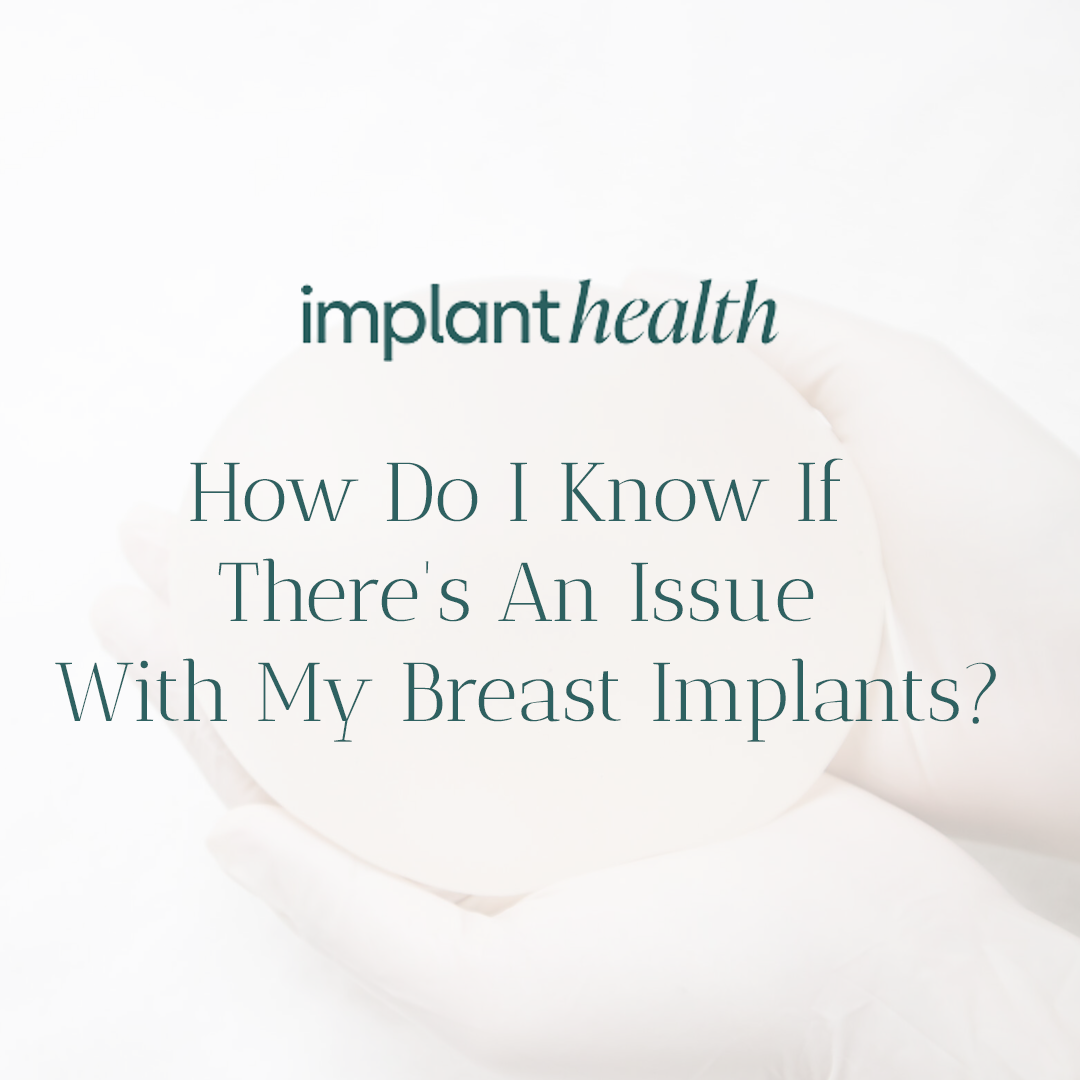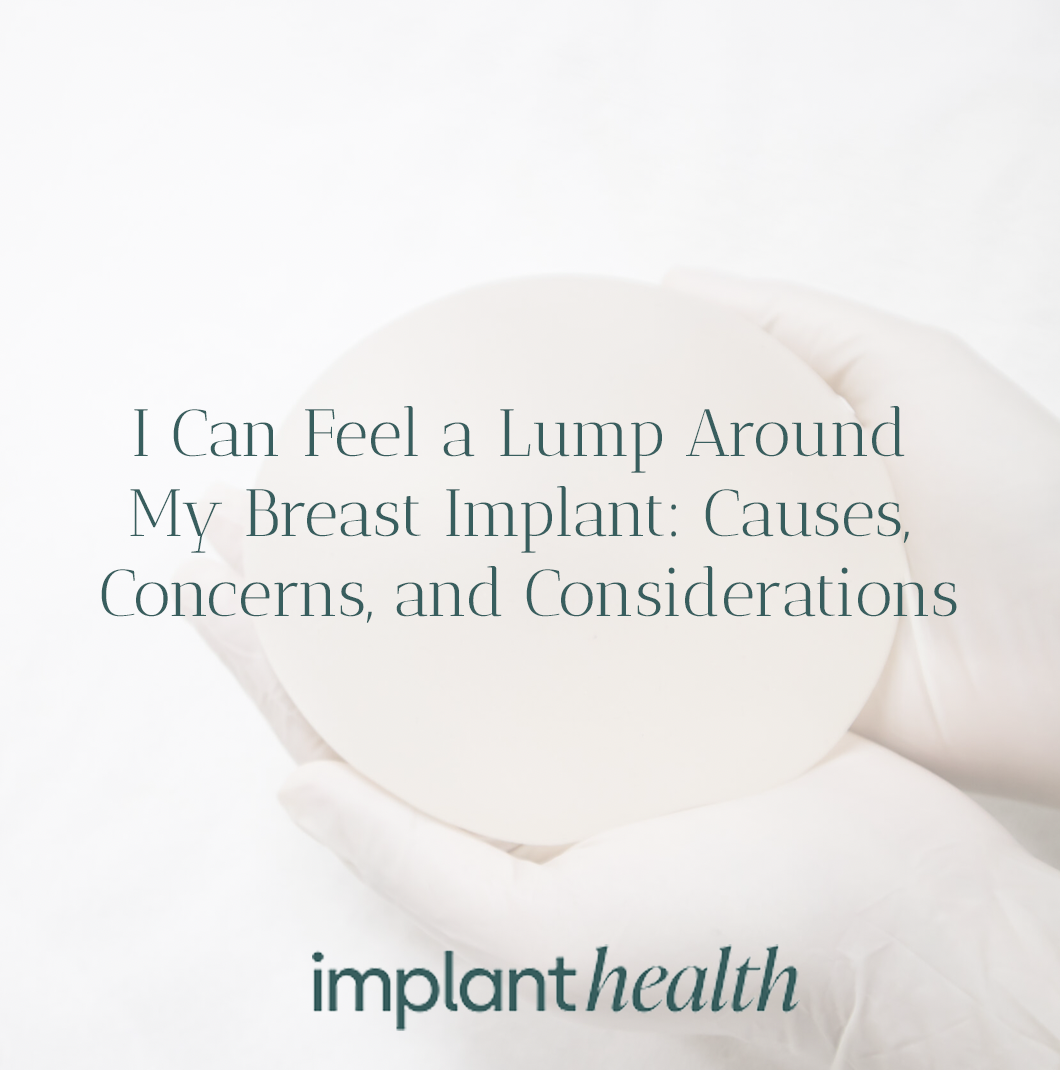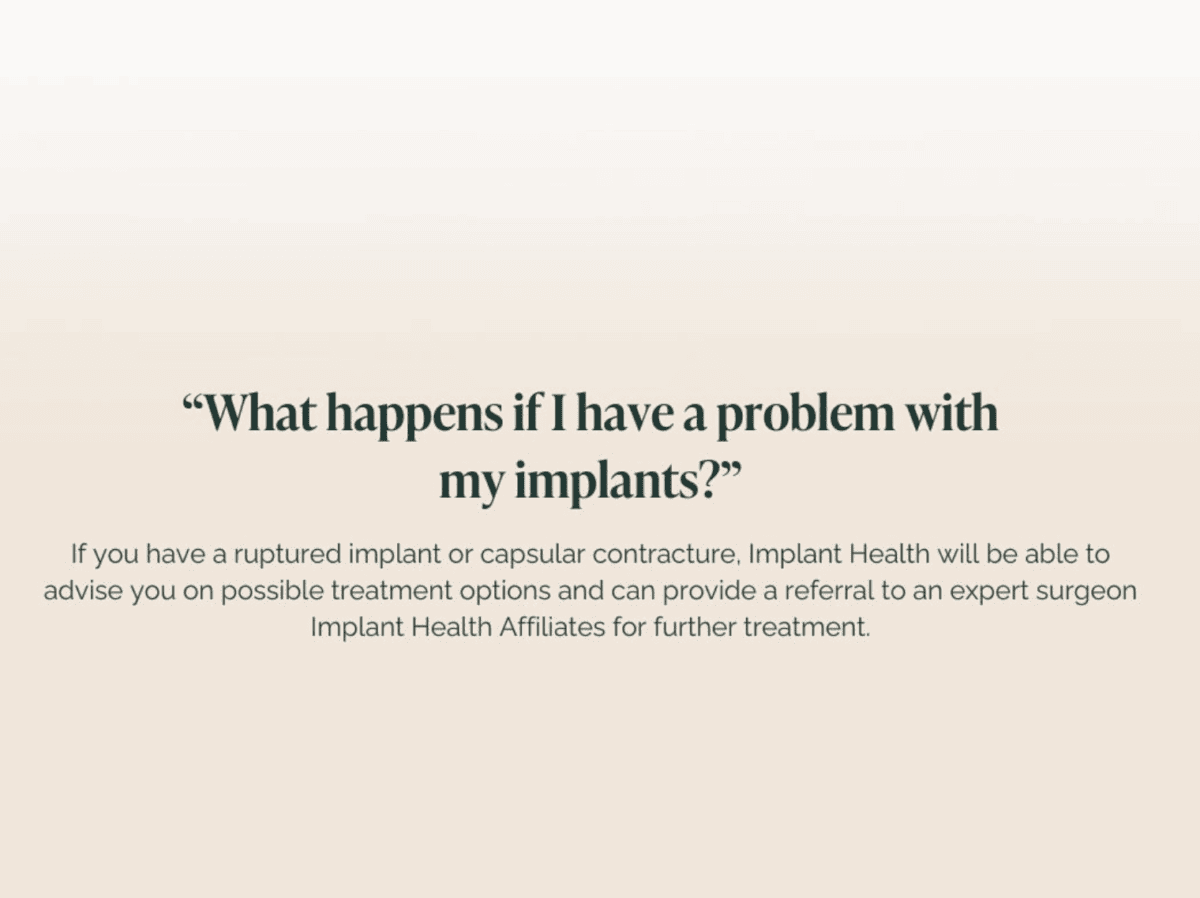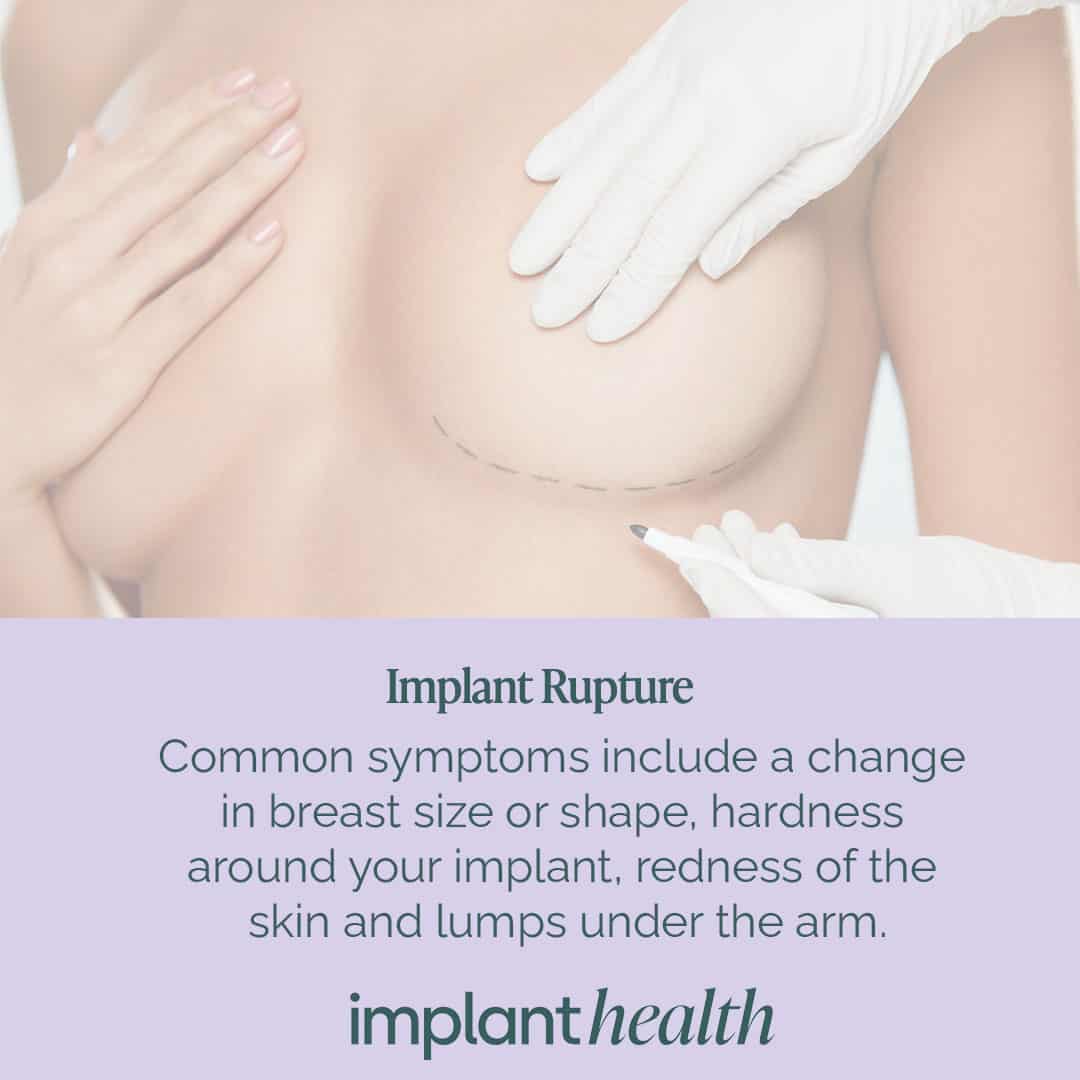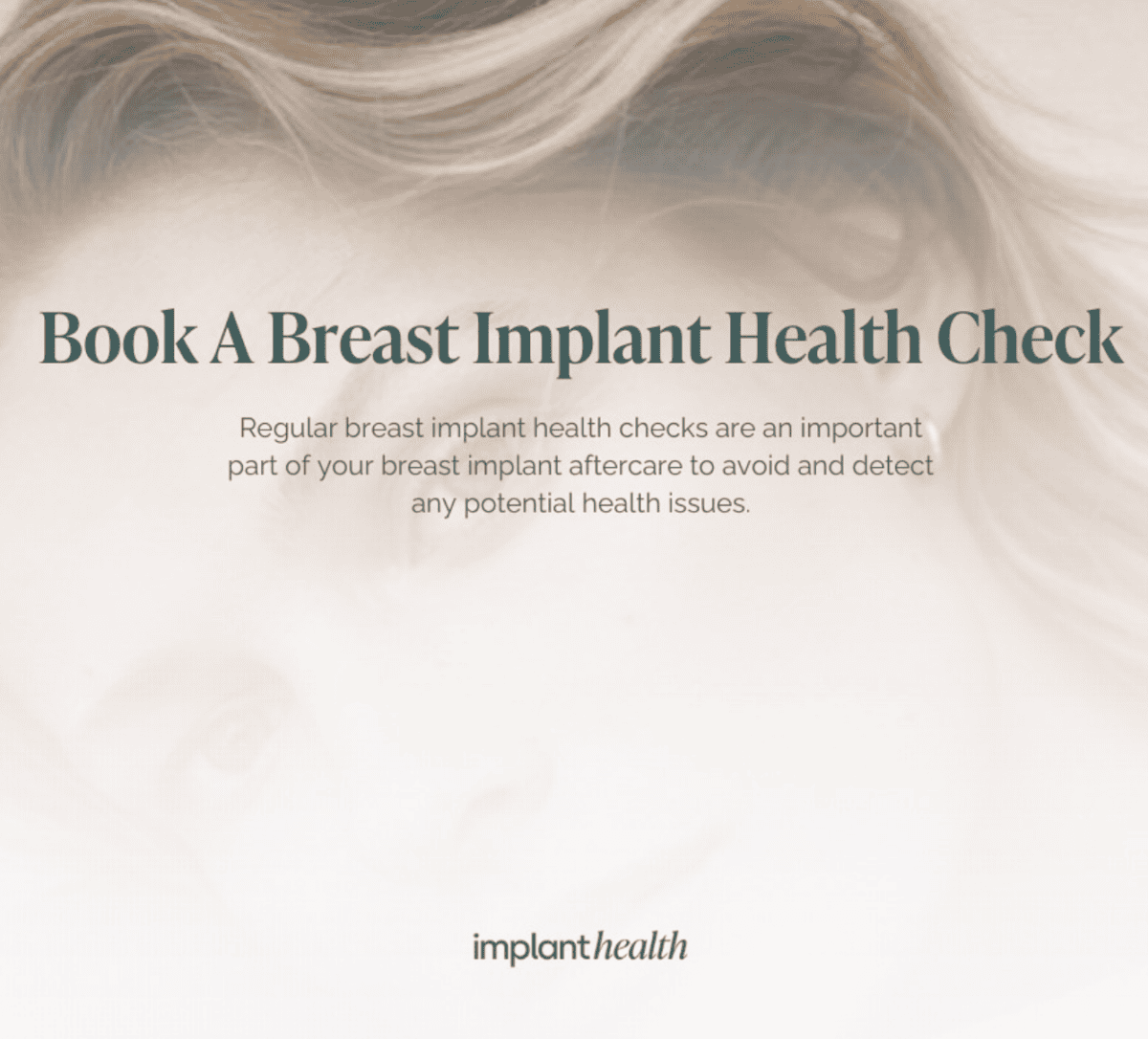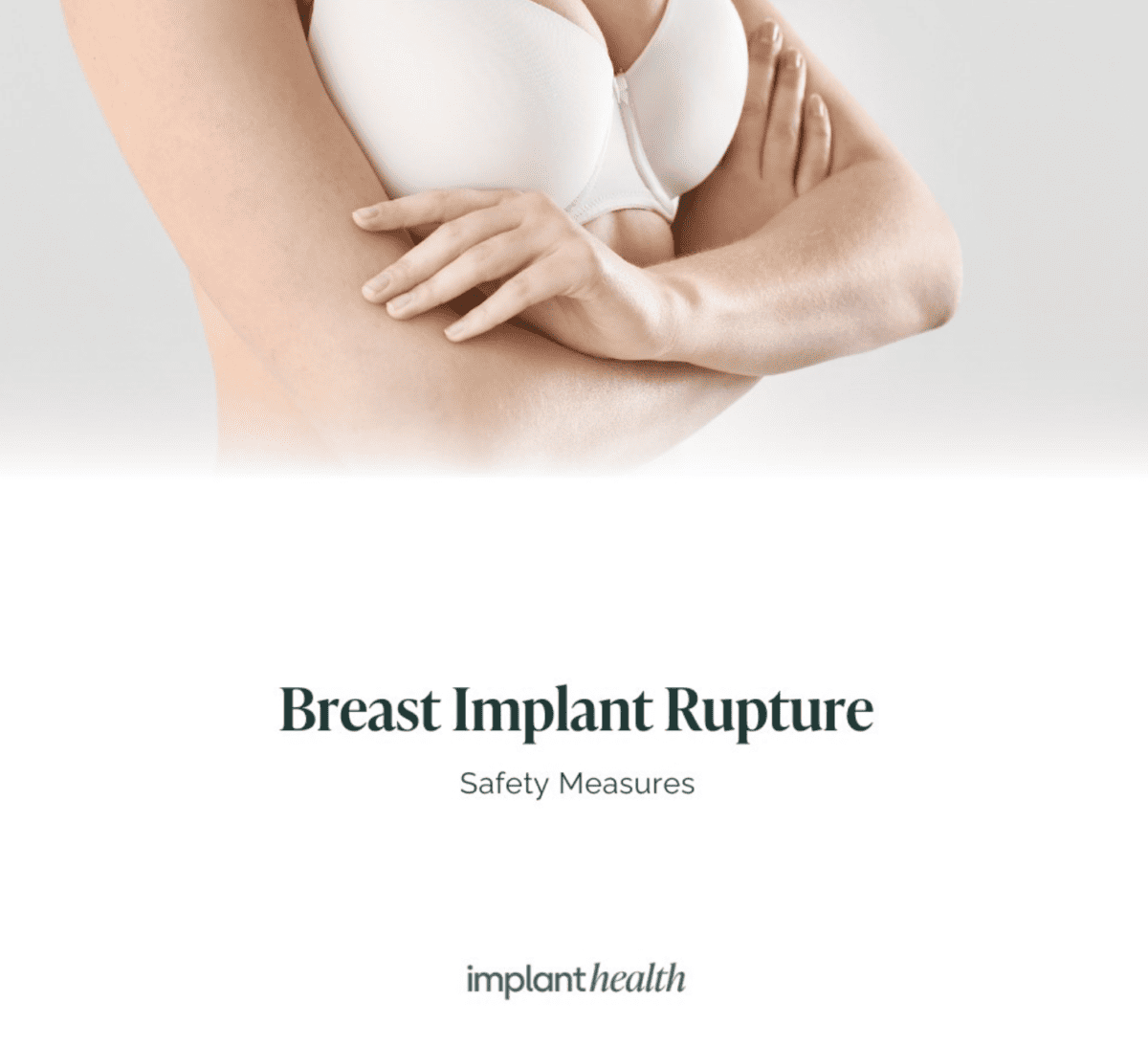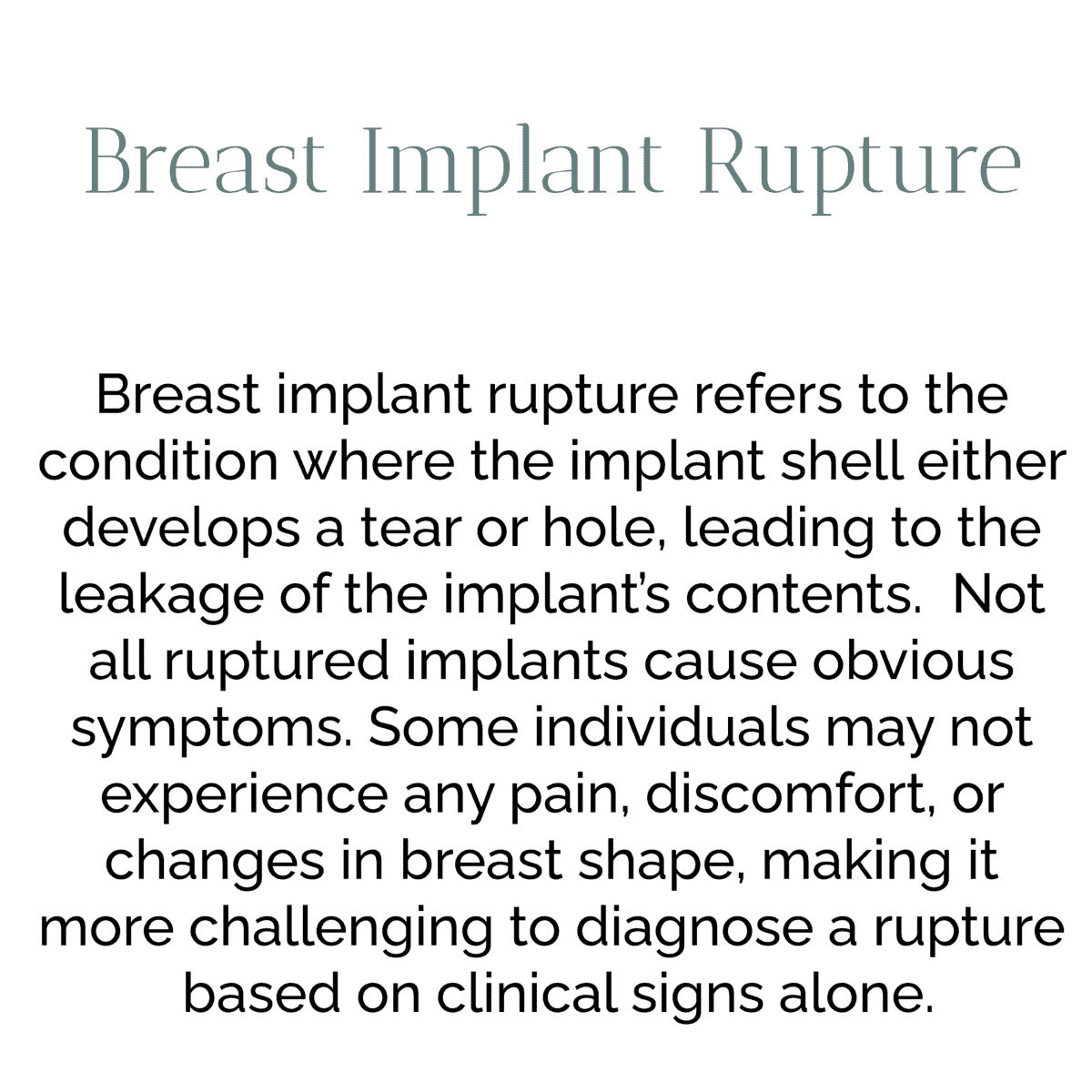How Do I Know If There’s An Issue With My Breast Implants?
Breast augmentation is a common and generally safe surgical procedure that utilizes breast implants to enhance the size and shape of a woman’s breasts. While the vast majority of these procedures are successful, it’s essential to be aware of the potential complications that could arise, and how to spot them. Understanding and recognizing when there’s an issue with your breast implants is critical to maintaining your health and well-being.
To start, it’s important to have a clear understanding of what ‘normal’ feels like. Post-surgery, you may experience some level of discomfort, swelling, and changes in sensitivity, which are common and usually fade as you heal. However, certain signs indicate that the implants might not be settling as they should or that there could be an underlying issue that requires attention. Here’s what to look out for:
Signs of Ruptured or Deflated Implants
Breast implant rupture occurs when the implant’s outer shell develops a tear or hole, which can be caused by various factors, such as stress or a chest injury. Saline implants will visibly deflate, and the affected breast may change in size and shape. On the other hand, silicone implant rupture can be harder to notice as the gel material tends to stay within the capsule. If you experience unexplained changes in breast shape or size, or feel a lump or hardening of the breast, consult your surgeon immediately.
Capsular Contracture
Capsular contracture is a potential complication where the scar tissue surrounding the implant begins to tighten and contract, leading to pain, distortions of the breast shape, and hardening of the tissue. If you notice a change in the appearance or texture of your breasts, especially if there’s pain or discomfort present, this could be a sign of capsular contracture and should be assessed by your plastic surgeon.
Other Concerns
Persistent or severe pain, redness or warmth around the breasts, excessive swelling, and signs of infection (such as fever or chills) are all potential signs that there may be an issue with your breast implants. Any unexpected or concerning symptoms should prompt you to reach out to your surgeon for a professional evaluation.
Breast implants are a significant investment in your appearance and well-being. By staying alert to potential issues and seeking prompt medical advice, you can ensure that any problems are addressed swiftly, and your post-operative experience is as safe and satisfying as possible.
